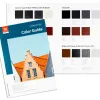You’re visiting Tikkurila website from United Kingdom. Would you like to visit the local UK site?
Isonit 12-20-50
Gloss
Water-borne roof coating with high coverage.
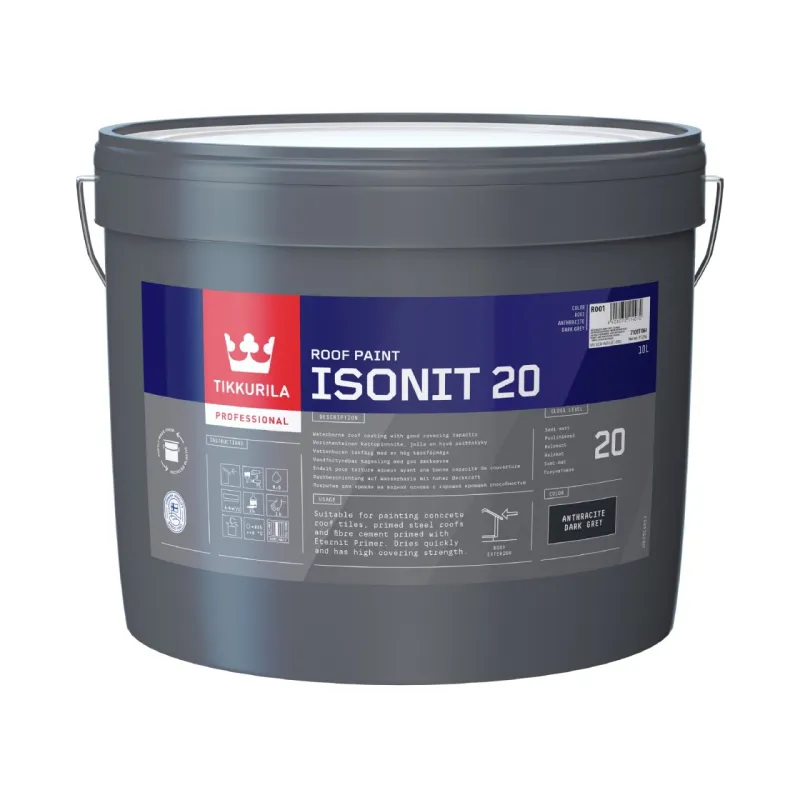
-
New look and extended lifetime of the roof
-
Easy to use
-
Long lasting effect
-
858
-
4 m²/l
-
6 m²/l
-
2 h
-
1 h
-
-
-
Finish
-
Gloss
Product Data
Water-borne roof coating with high coverage.
Product Features
Isonit is a water-borne roof coating with excellent adhesion, high coverage and short drying time. Good flow and levelling properties. The coating creates a water-repellent surface that is diffusion-open, allowing water vapour coming from inside the material to pass through. Light-fast and weather-stable. Available in both tintable bases and factory ready made shades.
Recommended Uses
Isonit is used on concrete roof tiles and fibre cement and fibre cement slates (primed with Eternit Primer) or steel roofs (primed with Metal Primer WB). Isonit is not suitable for use on clay tiles or natural slate.
Technical Information
2 -3 m²/l (2 layers) The practical spreading rate depends on application method, form and surface of the material.
Thinner
Waterborne
Application Method
spraying, brush, roller
Colour collections
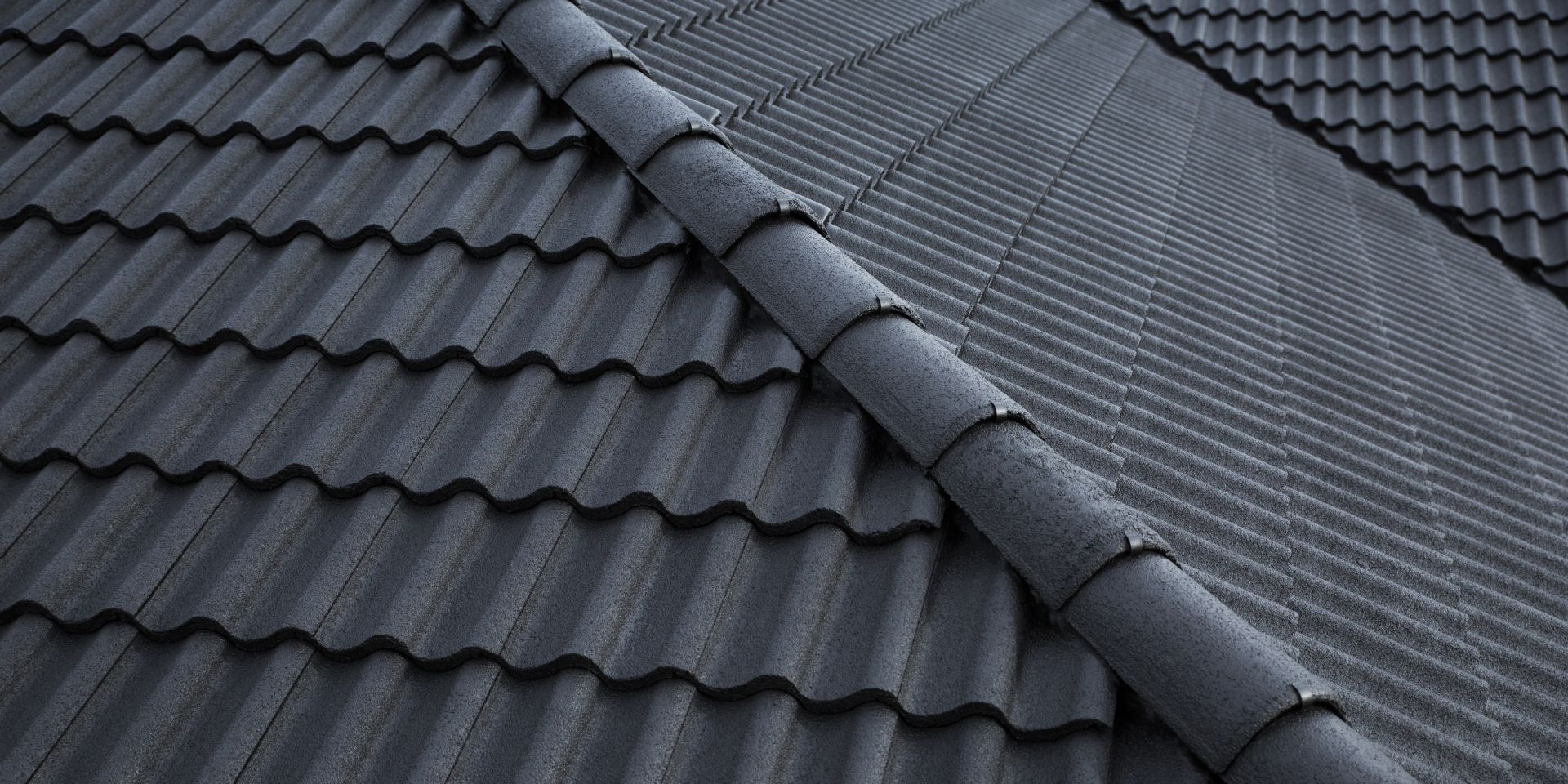
New look and extended lifetime of the roof
Roof covered with Tikkurila Isonit gets a new look. Simultaneously the roof coating provides protection against rain, sleet, snow, sun and other factors thereby safeguards the roof for many years.
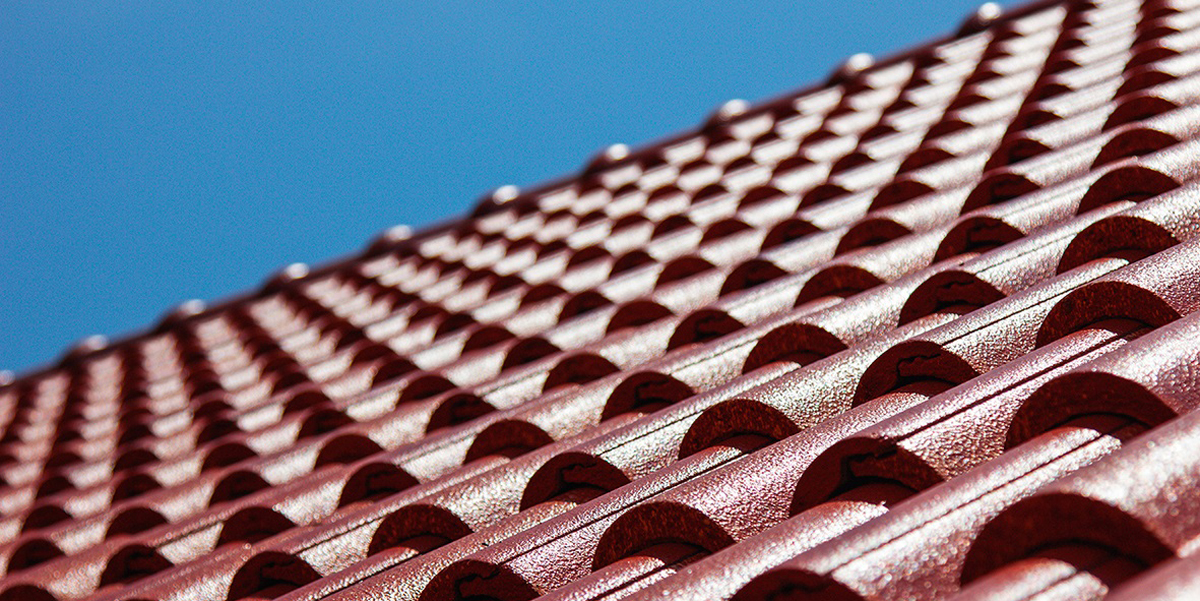
Easy to use
Water-borne, high coverage, good flow and levelling properties.
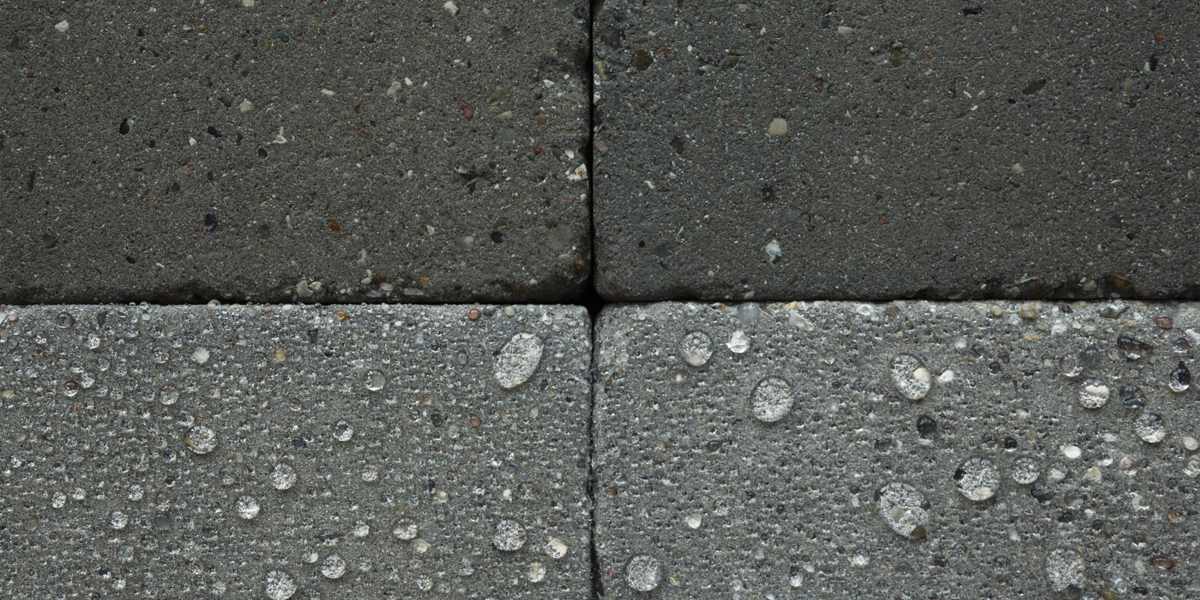
Long lasting effect
Creates a strong and water-repellent surface. Light-fast and weather-stable.



